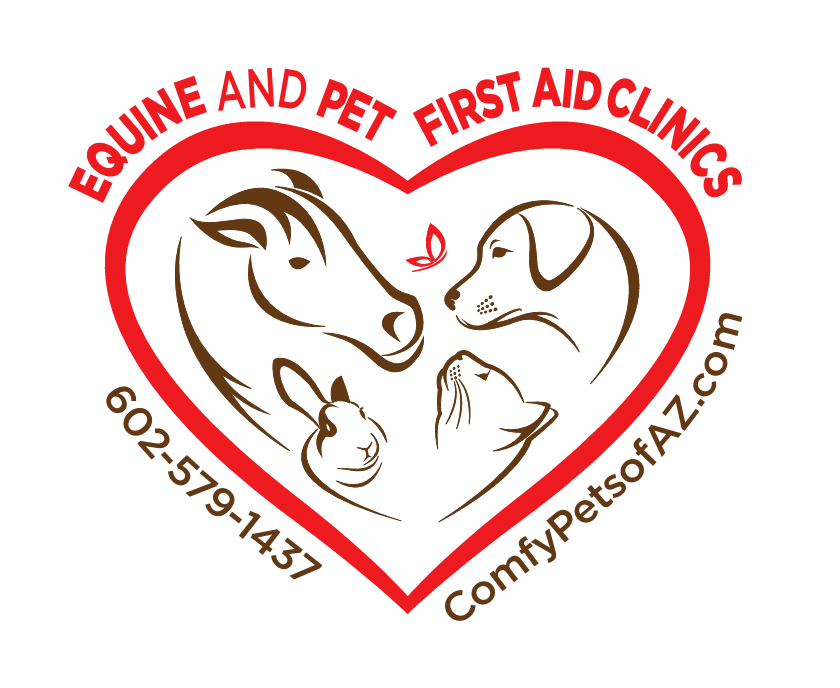Who remembers glow sticks
at the county fair or wearing them around our necks during a carnival or a fun
family event? I live in the country, so it’s very dark on my street and I use glow
sticks to hang on the outside gate to mark my house. My friends just love that idea.
Even though glow sticks are
awesome and fun for our children and us, did you know that they can pose a
danger to our pets? Cats are more prone
to chew on them than dogs, believe it or not.
The ASPCA Animal Poison Control Hotline receives over 70 calls a year
regarding pet(s) who have chewed opened some type of glow stick or glow jewelry
and it involves mostly cats.
The liquid inside a glow
stick is usually not life threatening, but can cause other issues, such as:
- Pain
- Irritation
- Foaming at the mouth
- Profuse drooling
Keep all types of glow
sticks out of reach of your pets and children.
Remember, it’s nice to have fun wearing them but you don’t want your
pets to have to suffer for it.
If you find your pet has
chewed thru the glow stick/jewelry and shows signs listed above, please contact
your vet for further instructions.


